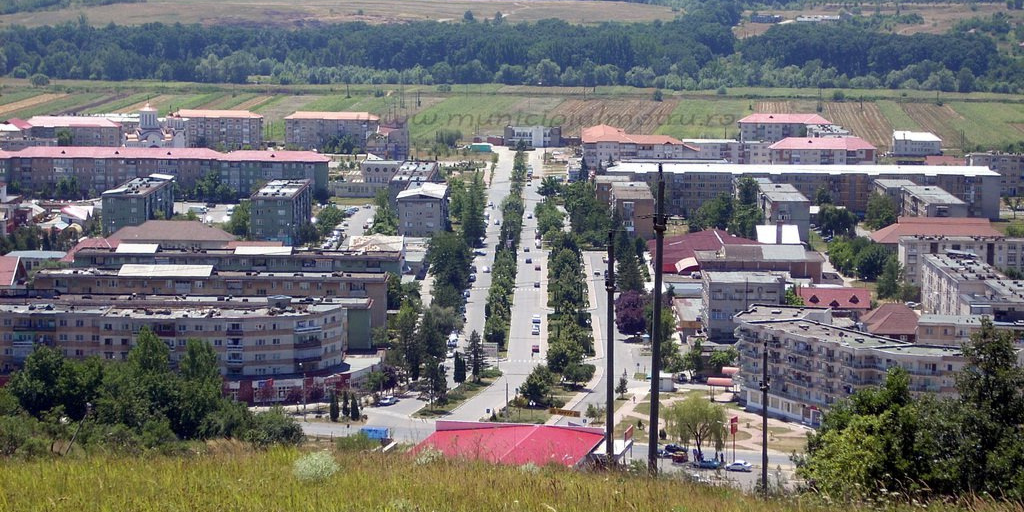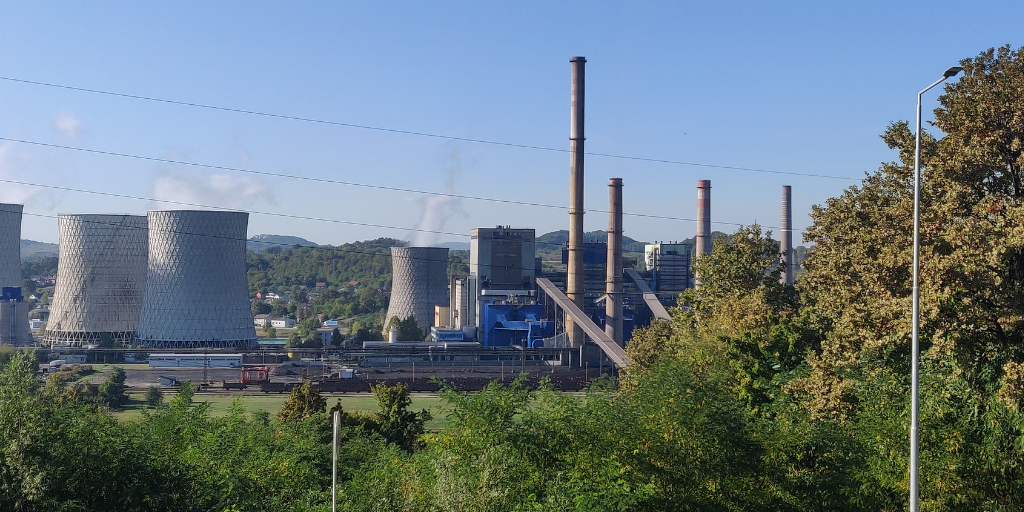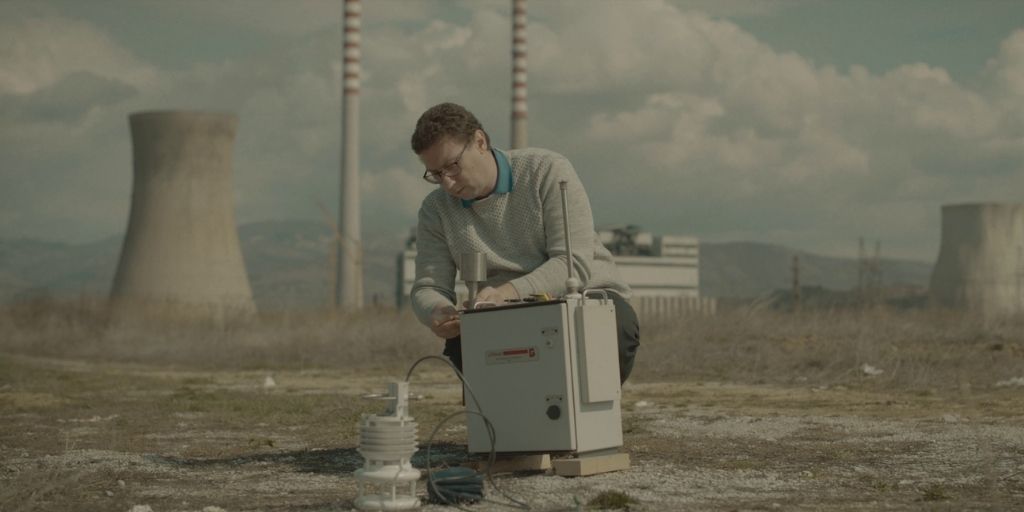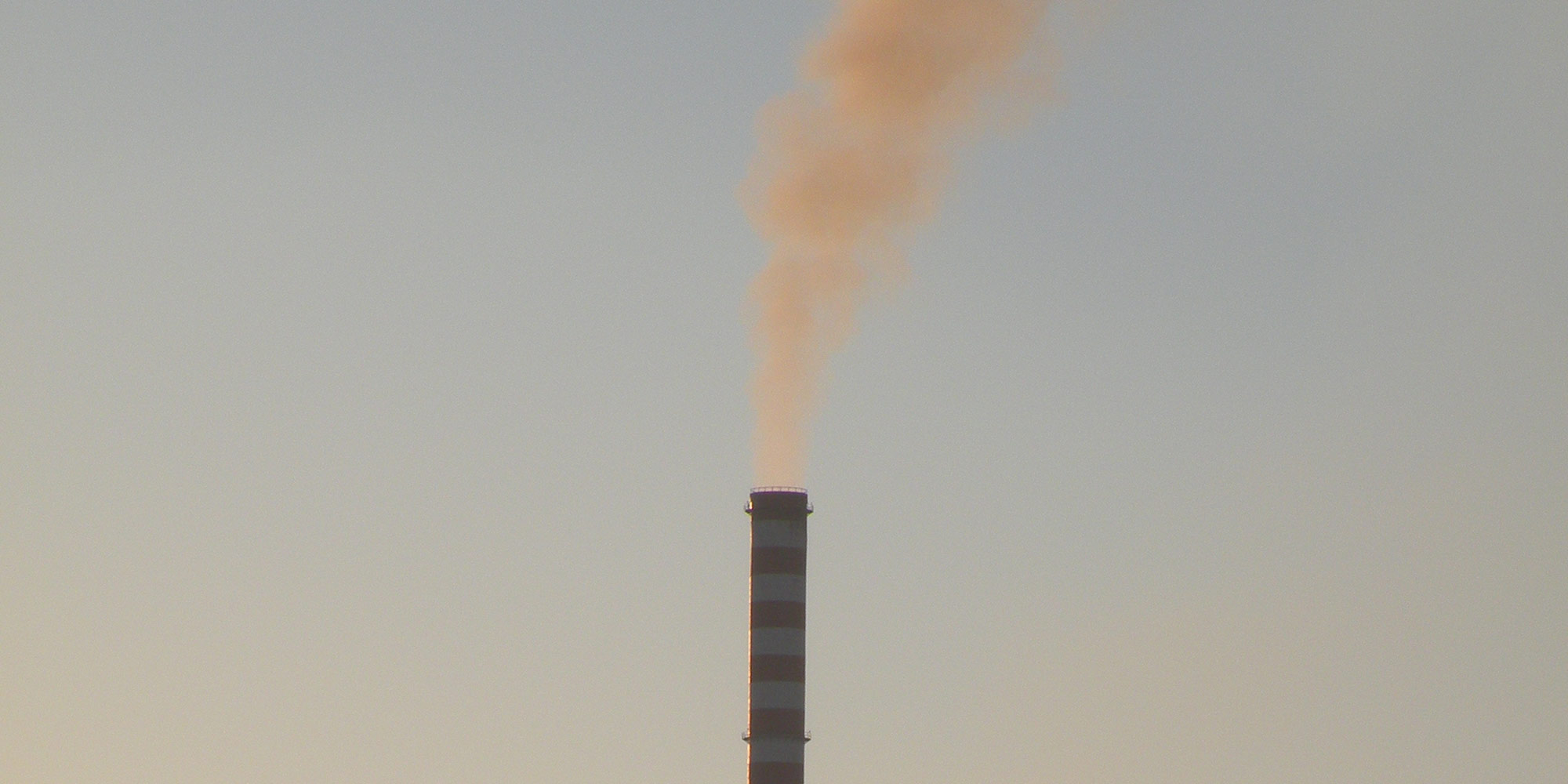Kosovo has around 1.8 million inhabitants. Its electricity generation is almost entirely dependent on two ageing lignite plants: Kosova A (5 units with 800 MW installed) and Kosovo B (two units with 678 MW installed). The current real capacity of these plants is around 915 MW altogether. They are infamous for their contribution to air pollution and Kosova B is one of the highest dust emitters out of all the coal plants in the Western Balkans.
Kosova A and Kosova B are supplied with lignite from the adjacent Sibovc Southwest and Sitnica mines. Kosovo has very large lignite resources, totalling 12.5 billion tonnes, which it claims are the second largest in Europe and fifth largest in the world. It has no oil or gas extraction and no gas import infrastructure, thus providing an opportunity to leapfrog to a fully decarbonised energy system.
However Kosovo’s progress in developing renewable energy was hampered for many years by plans for a new 500 MW lignite power plant – Kosova e Re – which diverted efforts and resources from the development of more sustainable forms of energy. It was only in early 2020 that the project was finally abandoned.
Kosovo does not have plentiful water resources like other Balkan countries, but this did not stop previous governments relying heavily on overblown small hydropower plant plans to meet the country’s 2020 renewable energy target. In 2013 it planned a totally unrealistic 240 MW of small hydropower plants by 2020, later revised down to a still-ambitious 120 MW, of which around half has been built.
By the end of 2023 only 10 MW of solar photovoltaics had been installed, though more plans exist and the country has a solar manufacturer capable of manufacturing 200 MW per year. In 2018 Kosovo commissioned its first major wind farm, the 32 MW Kitka plant, and in September 2021 part of the 105 MW Bajgora plant started test operations.
Kosovo reached a 24.4 per cent share of energy from renewable sources in gross final energy consumption in 2020, slightly below its target of 25 per cent. The increase in renewables was mainly due to the revision of biomass consumption data rather than a real increase in investments.
Different sources estimate different potential for solar and wind in Kosovo. These could be combined with Albania’s existing hydropower to make a much more flexible electricity system, and in December 2019, the two countries agreed to set up a common electricity market.
| Source | Solar PV | Wind |
| IRENA 2020
REmap scenario 2030 (minus 2015 installed) |
767 MW
1102 GWh |
384 MW
948 GWh |
| IRENA, 2017
Additional cost-competitive potential to 2050 |
581 MW
834 GWh |
2327 MW
3849 GWh |
| SEERMAP
Decarbonisation scenario (2050 minus 2016) |
1494 MW
1501 GWh |
1447 MW
3300 GWh |
| SEE-SEP
The EU Road scenario to 2050 |
2790 MW
4730 GWh |
980 MW
2850 GWh |
In fact, a 2018 study by the World Bank, which had for years supported the construction of Kosova e Re, found that if taking carbon and pollution costs into account, a combination of renewables and battery storage would be the most cost-effective solution for Kosovo’s electricity sector.
According to Kosovo’s Energy Regulatory Office, in 2023 transmission losses were at an acceptable level of around 1.21 per cent, but Kosovo has a serious issue with distribution losses, which amounted to 20.7 per cent. Over half of these are technical losses and the remainder are commercial losses (electricity that is not paid for). Around half of the commercial losses take place in the north of Kosovo. Combined with artificially high demand through poorly insulated buildings, there is enormous potential for the country to save energy.
In December 2022, the Energy Community Ministerial Council adopted 2030 climate and energy targets. According to these, Kosovo needs to achieve a 32 per cent share of renewables in gross final consumption of energy, and to reduce its greenhouse gas emissions by 16.3 per cent compared to 2016 levels. To boost energy efficiency and energy savings, it also needs to cap primary energy consumption at 2.7 Mtoe and final energy consumption at 1.8 Mtoe by 2030.
In March 2023 Kosovo became the first Western Balkan country to adopt an Energy Strategy that no longer promotes hydropower, due to its serious environmental impacts. However, despite positive plans for solar and wind development, and to introduce carbon pricing starting from 2025, the Strategy hesitates to commit to clear closure dates for the country’s oldest coal units. It wisely excludes the option of building a gas pipeline to Kosovo, but regrettably leaves the door open for participation in gas power plants in neighbouring countries. Later in 2023 Kosovo also submitted its draft NECP to the Energy Community Secretariat, outlining similar plans. As of December 2024, the NECP has not yet been adopted.
For a more in-depth look at barriers to a sustainable energy transition in Kosovo and our proposals for how to overcome them, see our 2021 study with the Friedrich Ebert Stiftung: The Political Economy of Energy Transition in Southeast Europe – Barriers and Obstacles.
More on coal in the Balkans

Sustainable district heating gives hope to the Romanian city of Motru, in a coal mining region
A new study shows that the city’s district heating can come from fully renewable sources.
Read more

Bosnia and Herzegovina illegally extends lifetimes of deadly coal plants
Yesterday the Federation of Bosnia and Herzegovina’s Parliament voted to extend the lifetime of the antiquated Tuzla 4 and Kakanj 5 coal units, in clear breach of the Energy Community Treaty. The move condemns the public to yet more lethal air pollution.
Read more

The heroic dust monitor
This year we are marking five years since Bankwatch engaged in air pollution work in the Balkans. Throughout these years, there was one constant in the work – the environmental dust monitor. It has become the hero of many communities and is known to every organisation in the region that works for cleaner air.
Read more

